Organ Follies on the Harpsichord
Written by James Huntingford, harpsichordist.
Monday 27th October, 2025.
HIP Company's new album, Bedlam, includes a piece for solo keyboard by the Spanish composer Juan Bautista José Cabanilles (1644-1712) entitled Diferencias de Folias. They are from a set of pieces for organ from final years of the 17th century.
My performance in this recording is on a replica of a French harpsichord from the third quarter of the eighteenth century. It was very common in the late-seventeenth and eighteenth centuries for keyboard music to be published with an intended keyboard type specified on the title page (e.g. “for the organ” or “for the harpsichord”).
In many instances, however, such music could be comfortably adapted to a different keyboard instrument type. For a tasteful performance, this might only require few adaptation decisions on the part of the performer. In other cases, some (or even many) modifications may be required to effectively transmit the creative spirit of the work, as discerned by the performer.
A piece such as La Folia, with its many and colourful variations, gives ample opportunity for a player of a Spanish baroque organ to use different stops to achieve the desired tonal and textural changes, and thus fulfil the virtuosic and capricious spirit of the work. Meanwhile, harpsichords in Spain during the period were most commonly of the Italian type: a very simple arrangement of two sets of 8ft strings played from a single manual, and a small compass of perhaps four or four-and-a-half octaves. Contrastingly, the French-type instrument used in this recording contains 4ft (octave) strings, is triple-strung, contains two manuals, and boasts a full five-octave compass, enabling extensive exploration of virtuosic solo and concerto repertoire from a range of European traditions.
In my opinion, these qualities make it a better fit for such organ repertoire than the Italian-type harpsichord that Cabanilles would have been well acquainted with. In this recording, the performer doubles the octaves in one of the variations, as well as employing the 4ft strings to signal the beginning of the coda. Extensive rubato and contrasting of the manuals is also employed to highlight the different dance forms and characters in the work, such as the sarabande, pavane and echo.
Click the button below to hear James’ performance and the rest of the new album.
James Huntingford in Élisabeth, 2024 - image by Partografia Photography and Film


